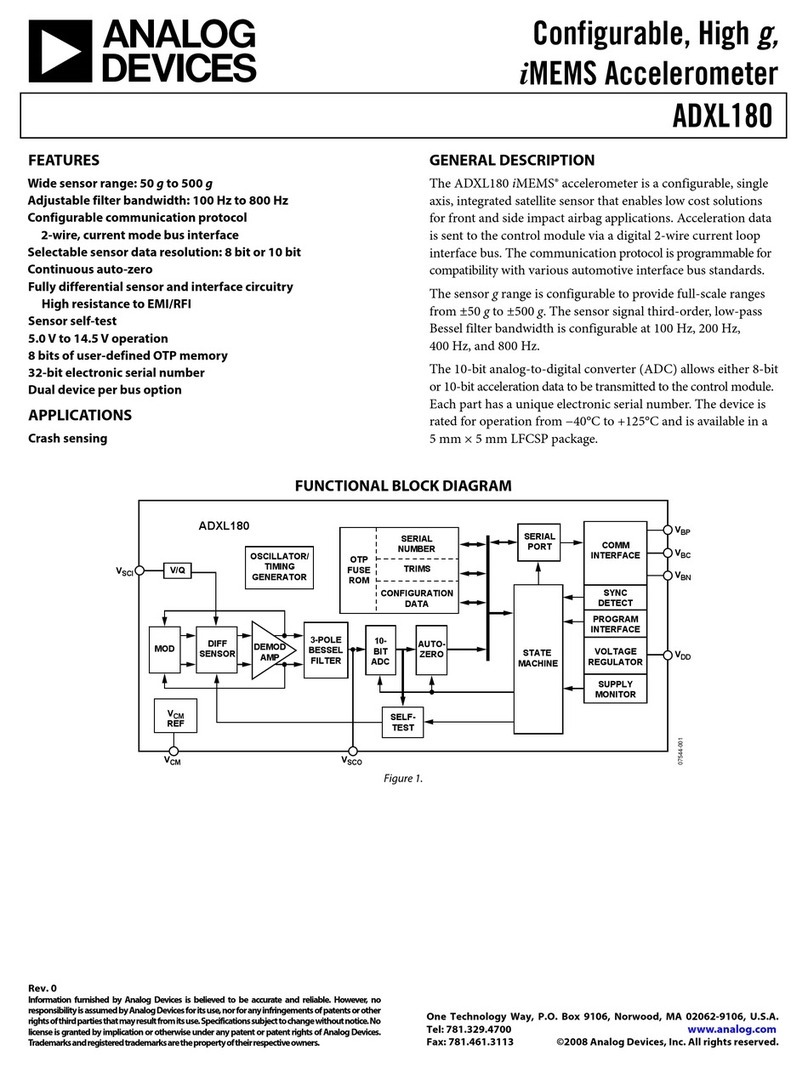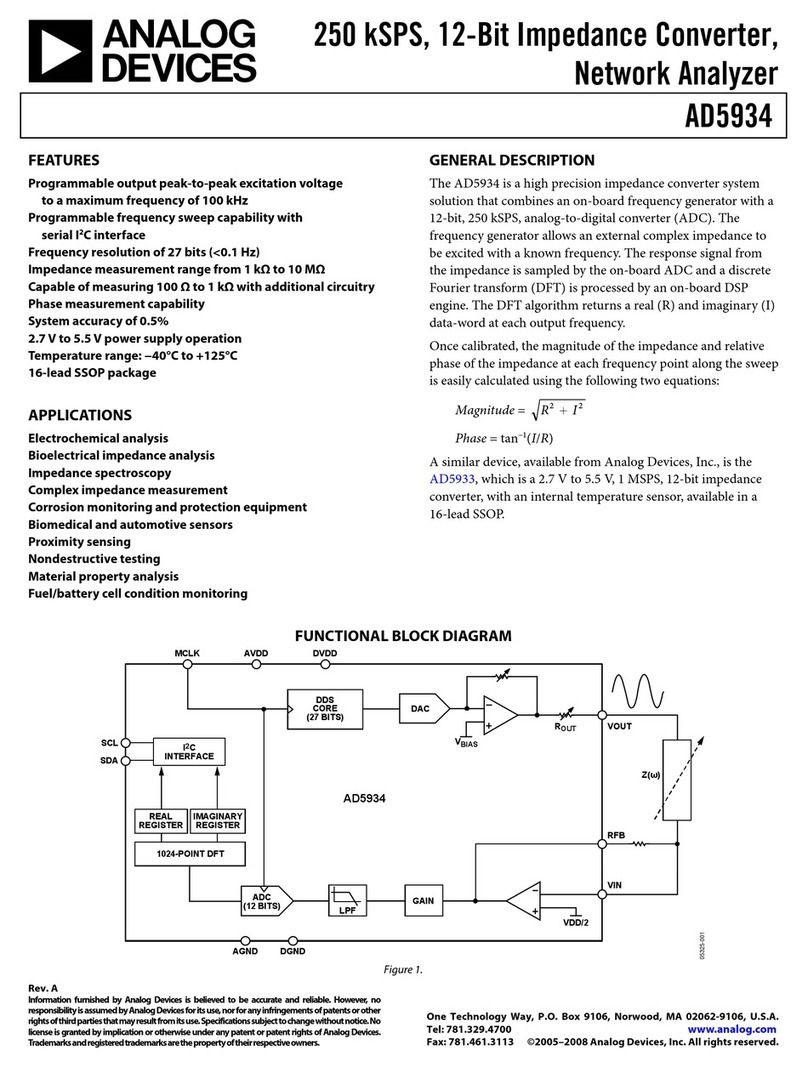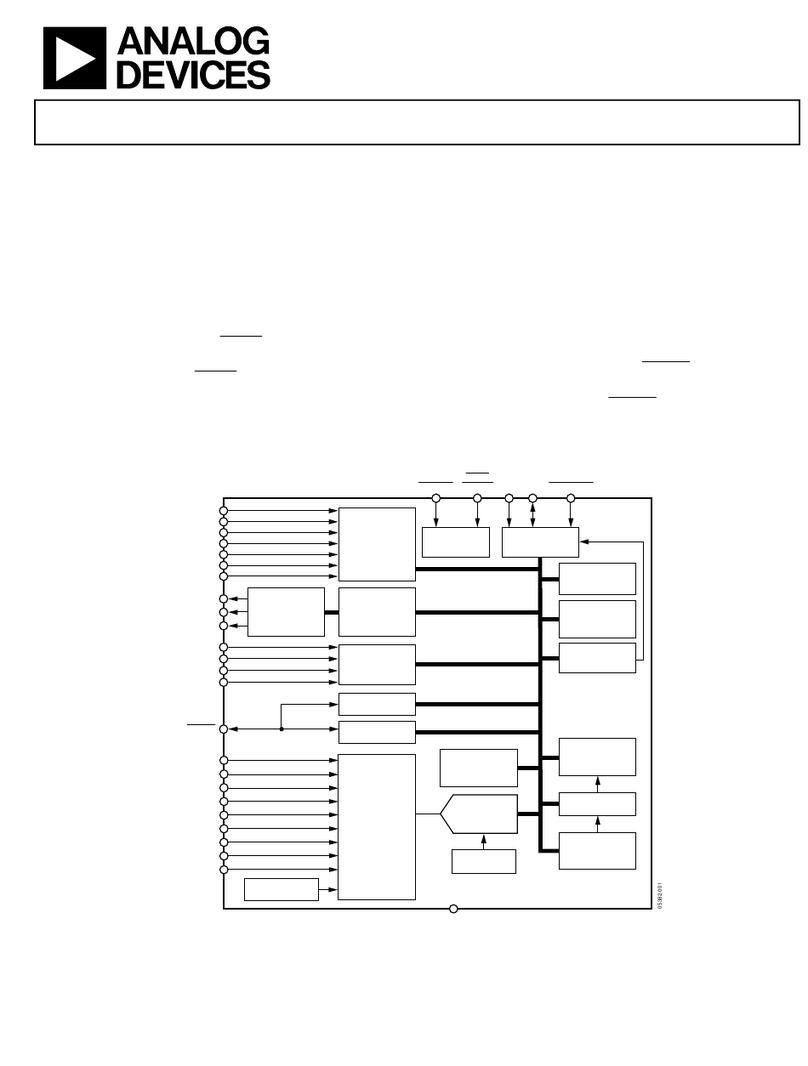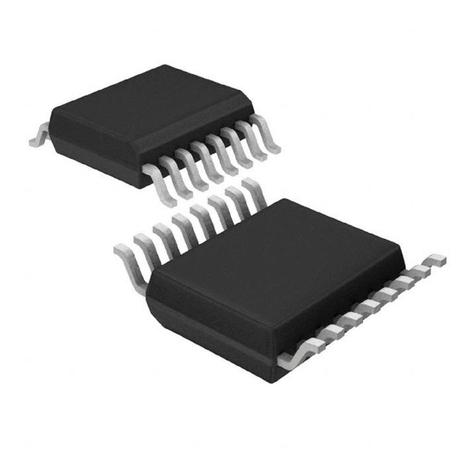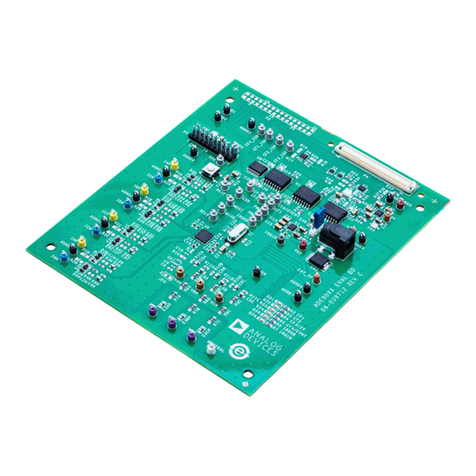
User Guide | EVAL-HCRWATCH4Z
UG-1221
Vital Signs Monitoring (VSM) Watch
PLEASE SEE THE LAST PAGE FOR AN IMPORTANT
WARNING AND LEGAL TERMS AND CONDITIONS. Rev. 0 | 1 of 33
FEATURES
►Vital signs monitoring platform
►Wearable battery-powered platform
►Real-time live data view
►Data storage to flash memory for offline analysis
►Easy configuration
DEVICES HOSTED IN THE VSM WATCH
►nRF52840
►ADP5360
►ADXL362
►ADPD4100
►AD8233
►AD5940
►AD7156
EVALUATION KIT CONTENTS
►VSM platform (the watch)
►Charging cradle
►USB Type A to micro USB cable
►Firmware debug board
SOFTWARE NEEDED
►VSM WaveTool
GENERAL DESCRIPTION
The vital signs monitoring (VSM) watch, EVAL-HCRWATCH4Z, is a
modular development, demonstration, and data collection platform
for high performance vital signs monitoring applications based on
Analog Devices, Inc., analog front ends (AFEs) and sensors.
The VSM watch is a wearable, battery-powered device that enables
the continuous monitoring and on-demand spot check measure-
ment of photoplethysmography (PPG), electrodermal activity (EDA,
bioimpedance-based), skin temperature, electrocardiography (ECG,
biopotential based), and motion/activity (based on a 3‑axis acceler-
ometer).
The VSM watch allows synchronized, multiparameter data storage
on internal memory for later data retrieval and offline analysis
and/or live monitoring on a PC (Windows® OS) or Android- or
iOS-based device.
PREPARING THE VSM WATCH
Before using the VSM watch, proper preparations must be made.
Ensure that the battery of the watch is charged and the VSM Wave-
Tool PC program is installed. See the Powering Up the System
for the First Time section for installation instructions. Upgrade the
watch firmware using the VSM WaveTool.
CONDITIONS REGARDING THE USE OF THIS
PRODUCT IN HEALTHCARE APPLICATIONS
This device design is being provided as-is without any express or
implied representations or warranties of any kind and the use of
this device shall impose no legal obligation on Analog Devices, Inc.,
and its subsidiaries, employees, directors, officers, servants, and
agents. In addition, it is understood and agreed to that the device
is not authorized for use in safety critical healthcare applications
(such as life support) in which malfunction or failure of a product
can be expected to result in personal injury or death. This device
must not be used for diagnostic purposes. It must not be used with
a defibrillator or other equipment that produces high voltages more
than the supply rails on the evaluation board.
This device is provided for evaluation and development purposes
only. It is not intended for use as, or as part of, a product. Any
use of the device in such applications is at your own risk and you
shall fully indemnify Analog Devices, its subsidiaries, employees,
directors, officers, servants and agents for all liability and expenses
arising from such unauthorized usage. You are solely responsible
for compliance with all legal and regulatory requirements connected
to such use.












